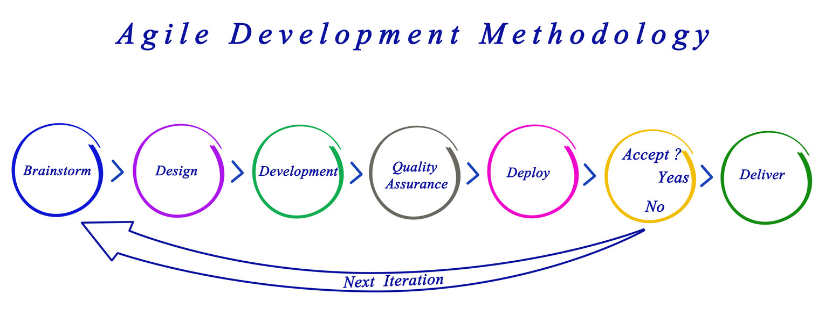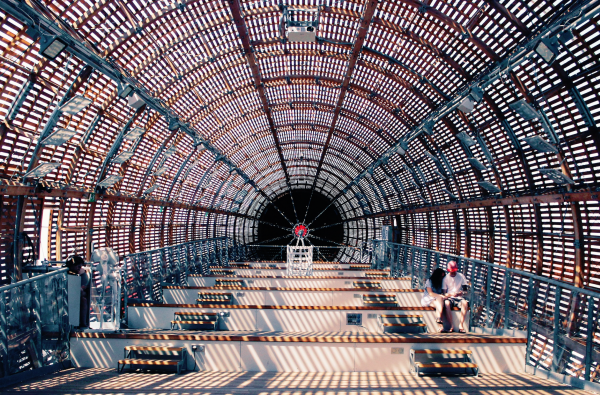The rapid market changes and the ambition to remain competitive determines companies to implement new methodologies. Whenever we get a new client, the first thing our team of agile coaches recommends is the migration from a waterfall to an agile mentality.
In the traditional waterfall organization, one discipline contributes to the delivery of the project, whereas agile calls for a cross-functional, collaborative approach.
What was initially launched as a method to improve delivery cycles in software development became one of the most sought-after project management frameworks.
What does it mean to build an Agile organization?
We wanted our clients to understand that Agile is more than a set of rules and principles they can apply and follow. Agile promotes a work-in-progress mentality where teams deliver in small increments, collect feedback and implement the changes fast and cheaply. Many companies make the mistake to wait until the product is ready to launch. In the Agile methodology, the product has to be in a "good enough" state of development to be launched. Once the product or service is on the market, work fast to implement customer feedback to offer your customers the products and services they want.

How we implemented Agile:
To implement an Agile framework means to build a no-nonsense organization with a flat structure where authentic human interactions prevail over prearranged agreements. A strong organization shares a common set of vision and values. The Agile team set standards of quality, usability, and completeness. Our training sessions focused on identifying the leaders that could facilitate the dissemination of an Agile way of working in the organization.
The next step was to form the teams, design the backlog, organize sprints, chose a Product Owner and a Scrum Master. The teams in charge of digitalization were named Agile cells. Each cell was in charge of identifying possible digitization opportunities and validating them by doing experiments in several sprints.
As a result of our collaboration, the team saw an increase in the capacity to work together and produce better results, faster.



